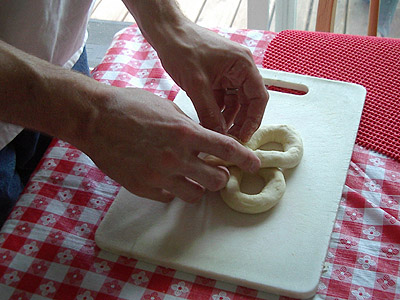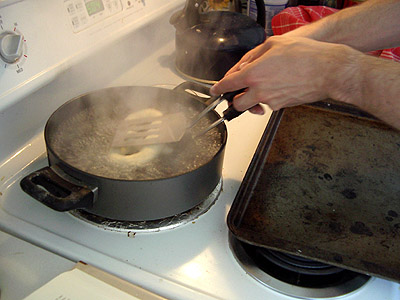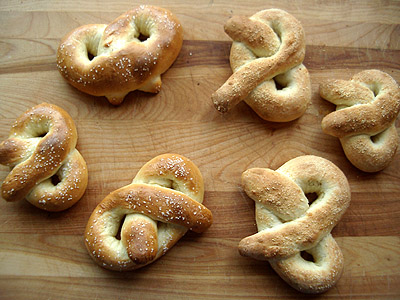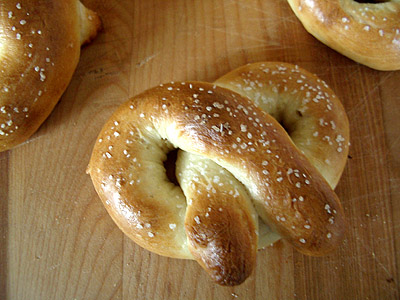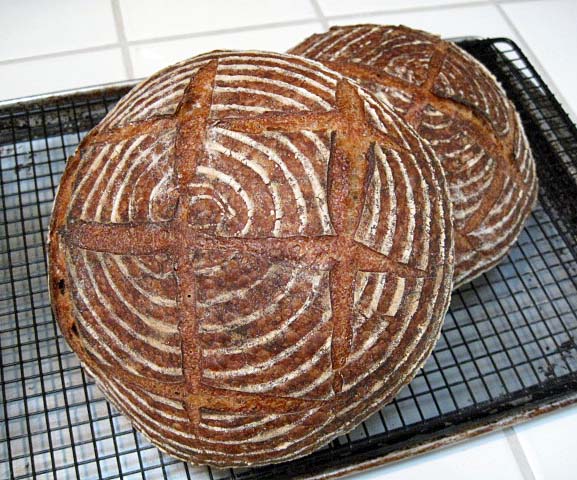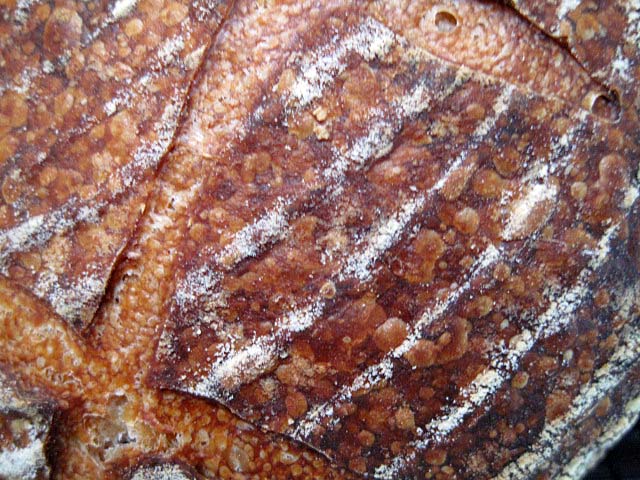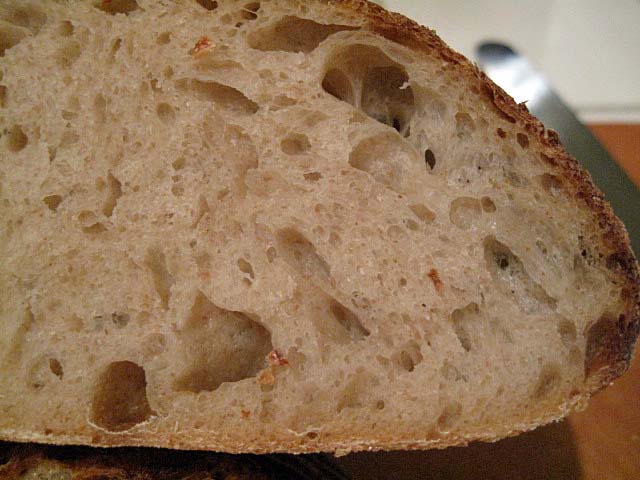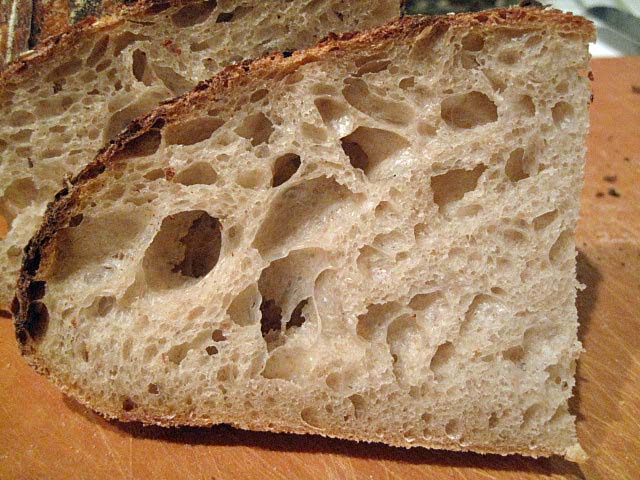
123 Sourdough No Knead - Do Nothing Bread
123 Sourdough, No Knead - Do Nothing Bread Originated by Flo Makanai and submitted by dabrownman
A simple recipe with simple procedures. Did you know that you don’t have to knead dough to get great bread. And you don’t need a mixer or really any other tools. But an inexpensive digital scale that weighs grams would be a worthwhile investment. HERE is an example.
The bread is called 123 Sourdough because the ratios are 1 part Levain, 2 parts water, 3 parts flour, and 2% salt. Let’s choose 100 grams of Levain for this example. So if the Levain is 100g then 2 parts water would be 2 X 100 or 200g water. The flour is 3 parts (remember 123) so 3 X 100 is 300g of flour. Now a tiny bit of math to calculate the required salt. Since the formula calls for 2% salt, you would multiply 0.02 X 350 and you get 7. So 2% times the total weight of the flour, which is 350g equals 7g of salt. Now, if you are paying close attention you should be questioning the 350g of flour. 3 parts of flour is 100 X 3. Where did the extra 50g come from? The Levain is 100% hydration, meaning equal parts of flour and water. Therefore 100g of Levain contains 50g of flour. Salt is calculated as 2% of the total flour in the formula, which is 350g.
These instructions assume that you already have an established starter that is active and ready to go. If you don’t have a starter and would like to make one HERE is link that might interest you. Teresa Greenway takes you through the day by day experience of making a starter.
Make the 1 part levain (for this example of 100g) by taking 10g of starter and mixing equal weights of 45g flour (either All Purpose or Bread Flour) and 45g water in a bowl and cover with plastic wrap and place in a warm spot for 12 hours or until it doubles .
Put 2 parts water (200g) in a large mixing bowl. Add the prepared 100g of levain and mix with a spoon until levain dissolves in the water - about 15 to 20 seconds. Add in 3 parts flour (300g) and 7g of salt. Mix everything together for about a minute or two in large bowl with a spoon or hands making sure there is no dry flour and everything looks Kosher even if you are not Jewish :) There is no need to knead this dough, thus the name “No Knead - Do Nothing”
Place bowl in plastic grocery bag. Make bag air tight by closing with a simple knot. Let dough double in volume - an estimate of 4 to 6 hours. Watch the dough not the clock.
Turn the dough out on counter, gently pat out big bubbles, round into ball with hands and cover with the over turned mixing bowl. 15 minutes later, round into tight ball again and put ball into a proofing basket (a bowl will work) lined with a smooth floured cloth with seam side of the dough facing down. Place container back into the plastic grocery bag again and tie as before.
Let it proof 1-2 hours till it reaches 90% increase in volume. Watch the dough not the clock again. Click HERE for a video showing how to perform a finger polk test. Preheat your oven to 450F with the Combo Cooker inside 45 minutes after you place your dough in basket to proof.
Gently dump the dough into the preheated cast iron combo cooker, (optional - Spritz dough with water from spray bottle), cover with the deep lid and put in the 450F oven for 15 minutes of baking with the lid on.
After 15 minutes remove lid and bake about 12-15 more minutes until bread is nicely browned, cracked open and blistered. NOTE - since the seam was placed up in the cooker, you should have beautiful, natural looking cracks. Remove bread from Cooker and move it to a wire cooling rack. Let it cool for 2 hours before slicing on a cutting board with a serrated bread knife or just tear off hunks to eat.
Optional - You can check temperature if you want with instant read thermometer. When it reads 208 F- 210 F on the inside it is done. If you don’t have a thermometer you can tap the bottom of the loaf and it should make a hollow sound.
Exercise caution when placing the dough in the hot cast iron pot. Most of all, enjoy a nice loaf of bread that you made and was easy as pie.
It you don't have a combo cooker preheat a baking sheet or jelly roll pan. Dump dough out on parchment paper on a peel and transfer to the pan. Cover with the stainless steel bowl or some other oven proof large pot. If you have a baking stone use that in place of the baking sheet. If you choose to bake your bread without a cover (Dutch Oven, Combo Cooker, etc) you can get outstanding results using a technique called Mega Steam. Click HERE to to learn more.
Fully documented 123 SD bake with images can be seen HERE.
Happy baking
Nice tools to have, but none are necessary.
These links are examples, and not an endorsement for a particular item.



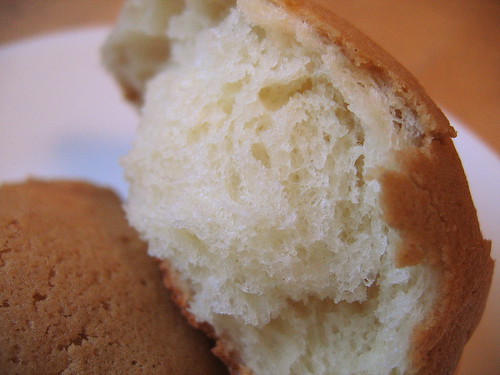
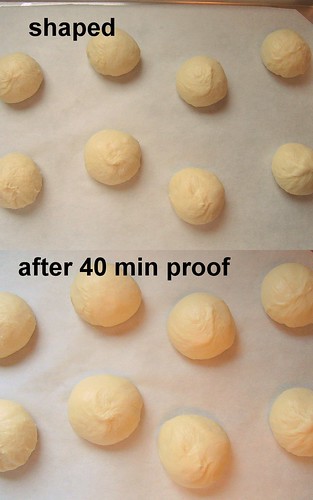
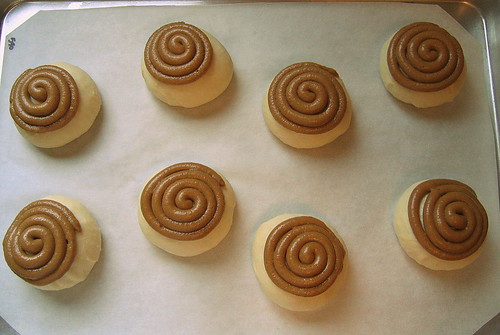

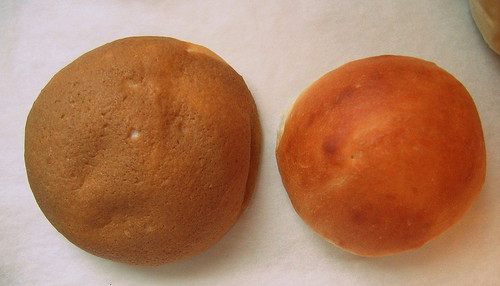
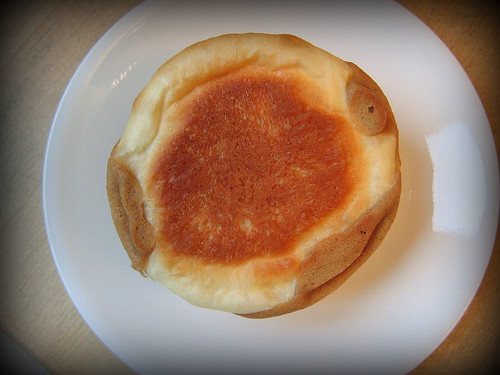
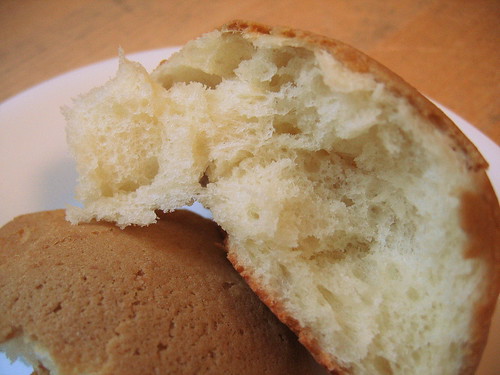
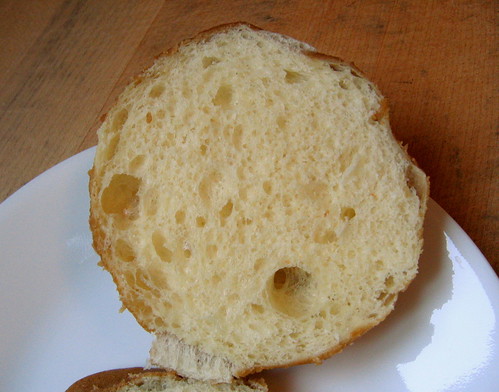

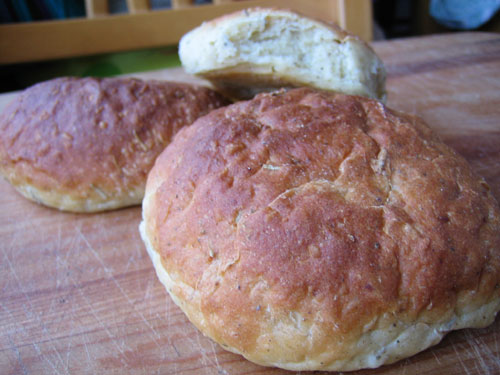
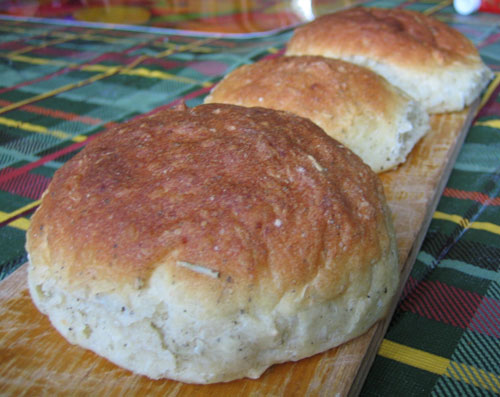
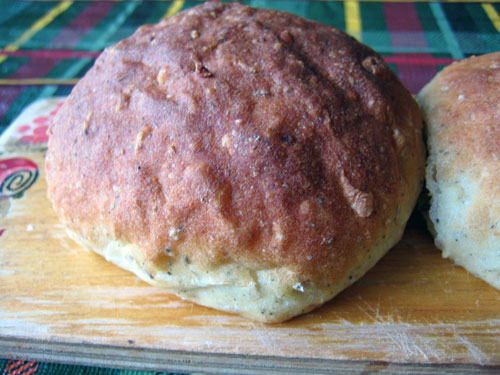
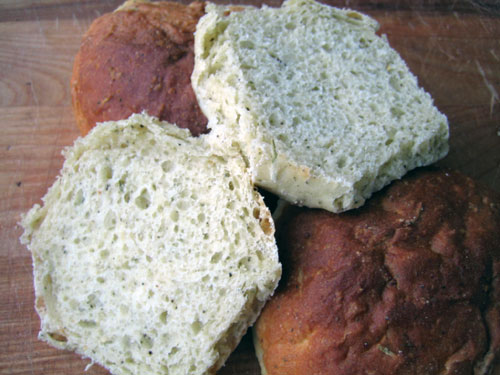

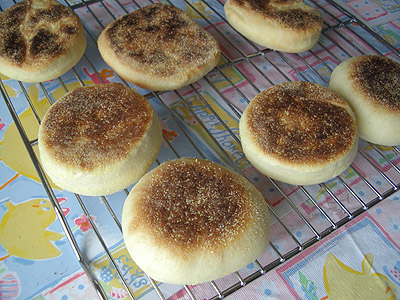
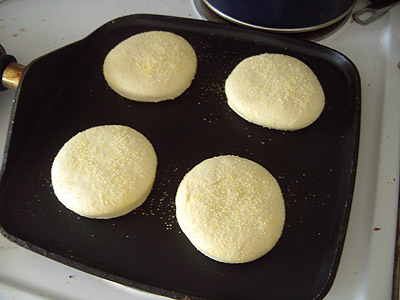
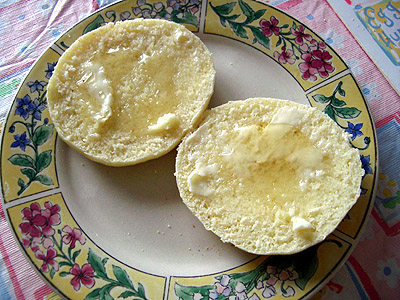
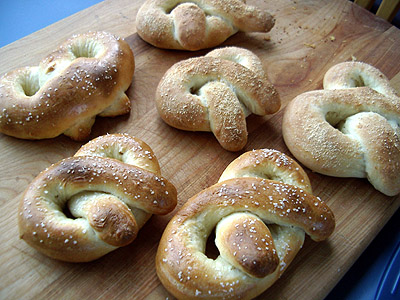 The other day I was reading Jeffrey Hamelman's recent book
The other day I was reading Jeffrey Hamelman's recent book 
